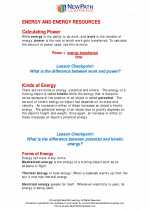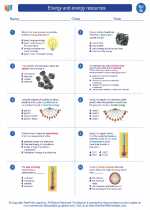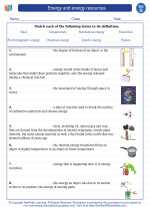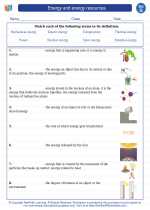Ions
An ion is a charged particle that forms when an atom gains or loses one or more electrons. Atoms are neutral because they have an equal number of protons and electrons. When an atom gains or loses electrons, it becomes an ion and carries a positive or negative charge.
Types of Ions
There are two types of ions: cations and anions.
- Cations: These are ions that have a positive charge. They are formed when an atom loses one or more electrons. For example, when a sodium atom loses one electron, it forms a sodium cation (Na+).
- Anions: These are ions that have a negative charge. They are formed when an atom gains one or more electrons. For example, when a chlorine atom gains one electron, it forms a chloride anion (Cl-).
Ion Notation
When writing the symbol for an ion, the charge is written as a superscript after the element symbol. For example, the symbol for a calcium ion with a 2+ charge is written as Ca2+.






